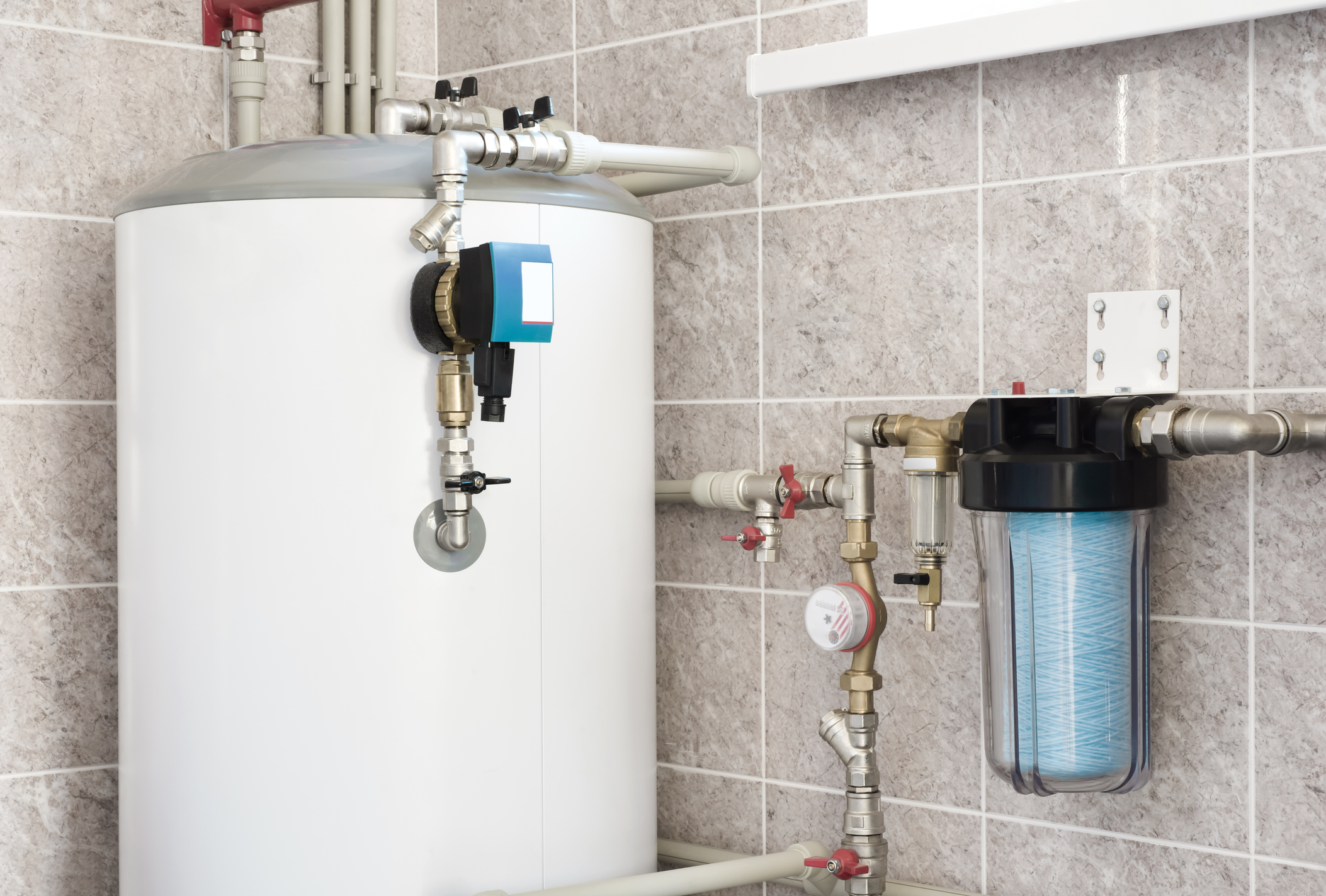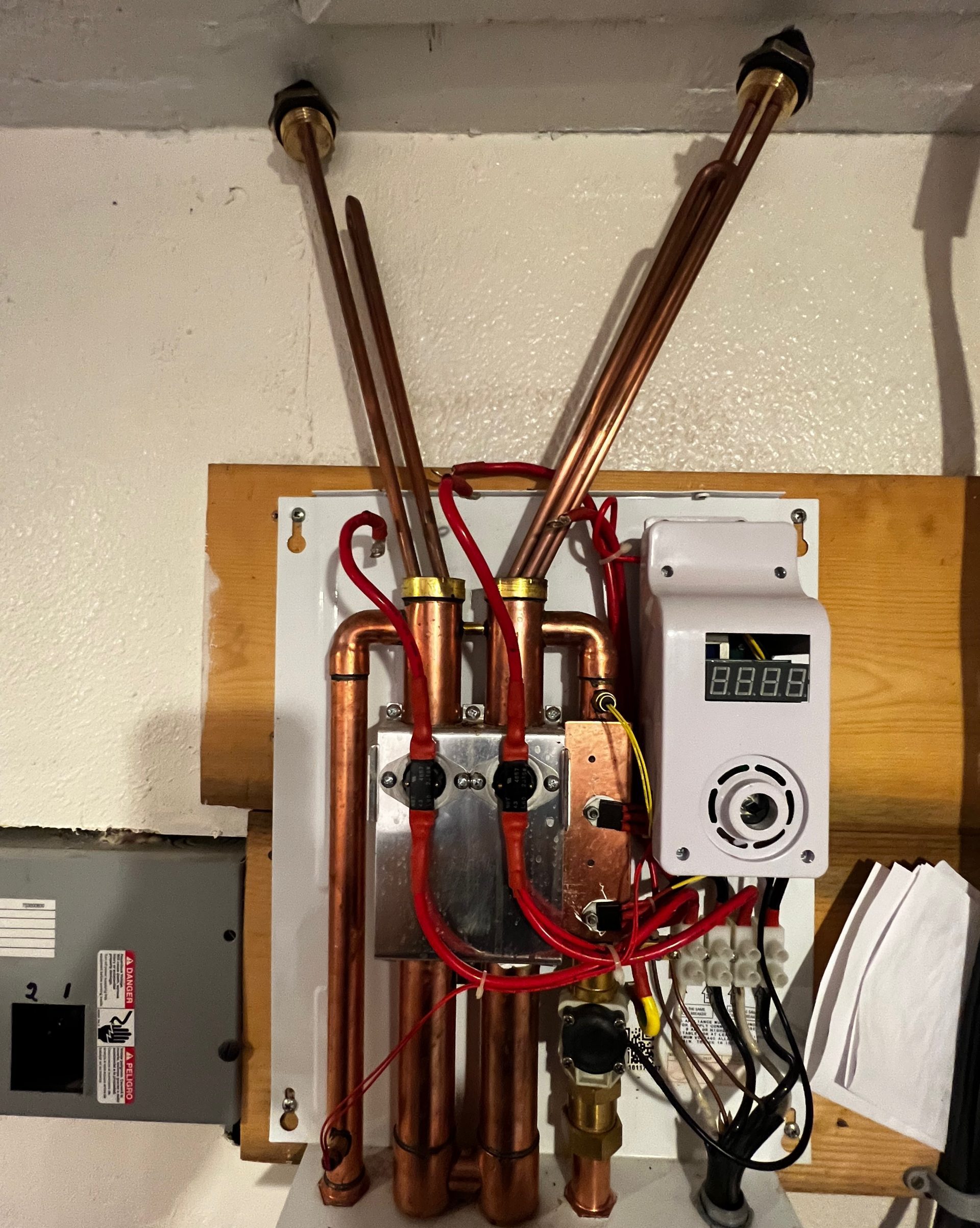Expert Guidance for Caring for Your Home's Hot Water System
Expert Guidance for Caring for Your Home's Hot Water System
Blog Article
Do you find yourself interested in details on How to Maintain a Hot Water Heater in a Few Simple Steps?

Warm water is vital for daily convenience, whether it's for a revitalizing shower or washing dishes. To guarantee your warm water system runs efficiently and lasts much longer, routine upkeep is crucial. This short article offers sensible suggestions and understandings on exactly how to maintain your home's hot water system to stay clear of disturbances and expensive fixings.
Introduction
Keeping your home's hot water system could seem overwhelming, yet with a few easy actions, you can ensure it runs smoothly for many years ahead. This overview covers everything from understanding your warm water system to DIY maintenance ideas and recognizing when to contact professional help.
Importance of Preserving Your Warm Water System
Regular upkeep not just extends the life-span of your warm water system yet additionally ensures it runs effectively. Ignoring maintenance can result in decreased performance, higher power costs, and also premature failing of the system.
Signs Your Hot Water System Requirements Maintenance
Knowing when your hot water system needs focus can protect against major concerns. Watch out for indications such as irregular water temperature level, strange noises from the heating system, or rusty water.
Flushing the Water Heater
Flushing your water heater gets rid of debris build-up, boosting performance and lengthening its life.
Monitoring and Changing Anode Rods
Anode rods prevent corrosion inside the tank. Examining and replacing them when worn out is important.
Complicated Problems Requiring Specialist Aid
Instances consist of significant leakages, electrical issues, or if your hot water heater is continually underperforming.
Routine Specialist Upkeep Perks
Expert maintenance can include comprehensive evaluations, tune-ups, and guaranteeing compliance with safety and security criteria.
Checking and Adjusting Temperature Setups
Adjusting the temperature level setups guarantees optimal efficiency and security.
DIY Tips for Upkeep
You can carry out several upkeep tasks on your own to maintain your warm water system in top problem.
Checking for Leaks
Regularly evaluate pipes and connections for leakages, as these can result in water damages and higher costs.
Comprehending Your Hot Water System
Prior to diving right into maintenance jobs, it's practical to comprehend the basic parts of your warm water system. Commonly, this consists of the hot water heater itself, pipes, anode rods, and temperature controls.
Monthly Upkeep Tasks
Normal regular monthly checks can assist catch small issues prior to they intensify.
Examining Stress Alleviation Valves
Evaluating the stress safety valve guarantees it works correctly and prevents extreme stress accumulation.
Shielding Pipes
Protecting warm water pipes reduces warm loss and can conserve energy.
When to Call an Expert
While do it yourself maintenance is valuable, some issues require expert expertise.
Final thought
Normal upkeep of your home's hot water system is necessary for performance, durability, and price savings. By following these ideas and recognizing when to seek professional assistance, you can ensure a reputable supply of warm water without unanticipated disruptions.
How to Maintain an Instant Hot Water Heater
Before tinkering with your hot water heater, make sure that it’s not powered on. You also have to turn off the main circuit breaker and shut off the main gas line to prevent accidents. Also turn off the water valves connected to your unit to prevent water from flowing into and out of the appliance. 2. When you’re done, you have to detach the purge valves’ caps. These look like the letter “T†and are situated on either side of the water valves. Doing so will release any pressure that has accumulated inside the valves while at the same time avoid hot water from shooting out and burning your skin. 3. When the purge valves’ caps are removed, you have to connect your hosing lines to the valves. Your unit should have come with three hoses but if it didn’t, you can purchase these things from any hardware or home repair shops. You can also get them from retail stores that sell water heating systems. Read the user’s manual and follow it to complete this task properly. When the hosing lines are connected, open the purge port’s valves. 4. You should never use harsh chemical cleaners or solutions when cleaning your unit. Make use of white vinegar instead. It should be undiluted and you’ll probably use about 2 gallons. 5. Now flush your water heater. This task should probably take about 40 minutes. We can’t give you specific directions for this because the procedure is carried out depending on the type, model and brand of your heater. With that being said, refer to the user’s manual. 6. When you’re done draining the unit, you have to turn off the purge port valves again. Remove the hosing lines that you earlier installed on each of the water valves. Put the valve caps (purge port) back in their respective places and be very careful so as not to damage the rubber discs that are found inside these caps. 7. Now that everything’s back in place, check your user’s manual again to find out how to reactivate your water heating system. 8. Once it is working, turn one of your hot water faucets on just to let air pass through the heater’s water supply pipes. Leave the tap on until water flows smoothly out of it. https://www.orrplumbing.com/blog/2014/september/how-to-maintain-an-instant-hot-water-heater/

I'm just very occupied with Tips on Maintaining a Water Heater and I am praying you appreciated the piece. Sharing is good. You never know, you may very well be helping someone out. Thanks for being here. Don't hesitate to come visit our website back soon.
Book Appointment Now Report this page